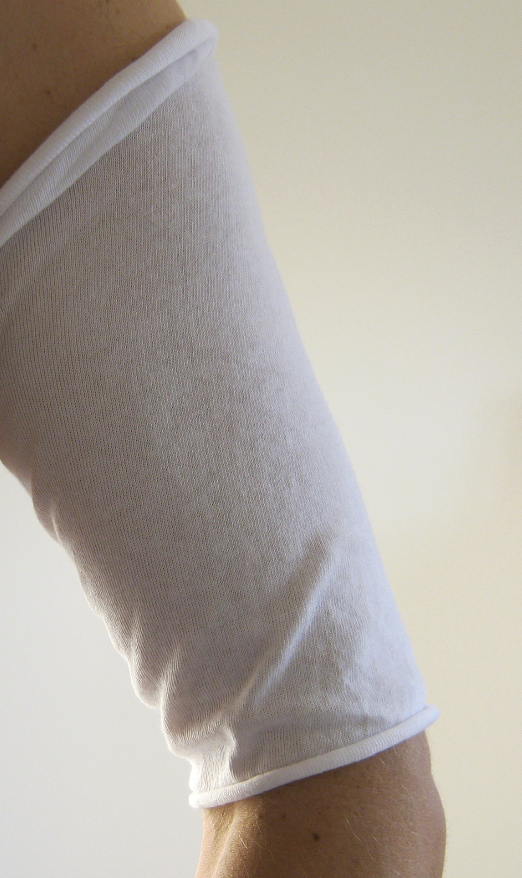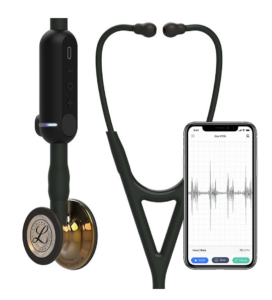Blood Pressure Cuff as a Potential Vector of Pathogenic Microorganisms

Nosocomial infections occur frequently among hospitalized patients,1-4 and blood pressure (BP) cuffs, as with other noninvasive items,5-8 have been shown to be involved in their transmission.9-16 However, most publications concern observational case reports11,12 or small studies often restricted to specific contexts.10,13-16 In practice, the role of BP cuffs in the dissemination of nosocomial infections is frequently overlooked.14,16 Before the present study, we questioned 56 healthcare staff members (nurses and physicians) in 44 French hospitals (50 different units) and found that only 23% were aware that BP cuffs could be involved in the propagation of nosocomial infections and that many units had no specific written procedure for cleaning the devices (C. de Gialluly et al., unpublished data). To raise awareness of this risk among the staff of our university hospital, we performed a prospective, hospital-wide study to quantitatively and qualitatively measure the bacterial contamination of BP cuffs, as a function of the type of hospital unit and the type of cuff, defined in terms of their mode of use or storage. methods This prospective study, spanning 3 months (January through March 2003), was performed in 5 surgical units, 7 medical units (including 1 short-term stay unit), 2 intensive care units (ICUs), 2 pediatric units (1 medical and 1 surgical), 1 emergency unit, and 1 unit that included operating rooms only.
The BP cuffs used in these units were classified as wall-model BP cuffs if used for patients in operating rooms or in emergency or short-term stay units, as stored BP cuffs if kept in drawers or cupboards of nurses’ offices, as individual BP cuffs if used for a single patient either in an ICU or isolated unit because of colonization or infection that involved multidrugresistant bacteria, and as BP cuffs on nurses’ trolleys if stored on nurses’ trolleys and used for several patients in the same unit. A defined cleaning procedure for the BP cuffs was available only in 2 units: BP cuffs were cleaned and disinfected by wiping with disinfecting detergent (Surfanios; Anios) after the last scheduled operation of the day in the operating rooms and by dipping into the same detergent on discharge of the patients in the ICU. The BP cuffs that were cleaned and disinfected just before samples were taken for microbiological analysis were classified in a separate group designated as clean BP cuffs. Two samples were taken from each BP cuff, one from the inner side (the surface in contact with the patients’ skin) and the other from the outer side (the surface in contact with the healthcare staff’s hands), using Count-Tact agar plates and a Count-Tact applicator (bioMe´rieux).
The plates were incubated at 30C for 4 days in ambient air. The BP cuffs were considered to be abnormally contaminated when the number of colony-forming units (cfu) per plate was 100 or more (ie, 4 cfu/cm2 or more) and highly contaminated when the number was more than 300 cfu/25 cm2 (ie, more than 12 cfu/cm2 ). Microorganisms that represent a high risk of nosocomial infection (Staphylococcus aureus, enterobacteria, Pseudomonas species, Acinetobacter species, and yeast) were specifically checked and tested for their susceptibility to antimicrobial agents by the disk-diffusion method. Pathogens isolated from a personally dedicated BP cuff of a patient with a nosocomial infection were compared; pulsed-field gel electrophoresis (PFGE)17,18 or random amplification of polymorphic DNA19 was used for gram-negative bacteria isolates, and PFGE and phage typing were used for S. aureus isolates.
Read the full article here: BP-Cuff-as-a-Potential-Carrier-of-Bacteria-Study
https://www.hiberniamedical.ie/shop/nursing-home-special-offers/caring-essentials/blood-pressure-monitors-caring-essentials/cuff-barrier-cotton-sleeves-50pcs/





